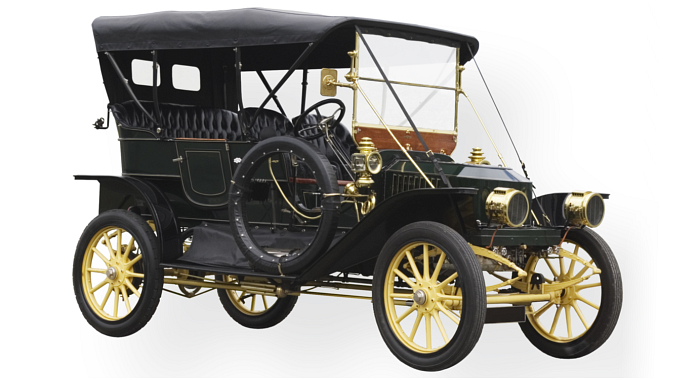
The wind of change has become a sea change in the car industry. It is now clear that the future of individual mobility will be electric and self-driving. We have gone a long way from the early car design, as we can see in the above picture. How could a future car look like?
Henry Ford allegedly said once, “If I had asked people what they wanted, they would have said faster horses.” But even though Henry Ford’s quote probably doesn’t really stem from him, it is still true that there can be a substantial difference between what people “want” from what people “need.”
Today’s passenger cars design come in many different shapes and sizes. Cars often have a specific purpose:
- Family car: wagon or SUV
- Large family or a group: van
- Individual: limousine
- Fast car: sports car
- Special purpose car: truck or RV
- Racing car: stock cars, formula one cars, etc.
“You can’t always get what you want,” so the song goes. Good mileage, speed, and convenience pose conflicts of interest, and as long as all of the above parameters are important, the car design won’t change significantly. It was a similar decision process regarding buying a horse. You would need a horse (or several horses) for work on a farm, another one as a traveling carriage, and then there were racing horses and special purpose horses for the rich and famous.
In other words: accepting a tradeoff when considering a vehicle is hardly a contemporary issue.
The advent of the electric, self-driving “horse” is a disruption similar to the introduction of automobiles, which rendered the horse mostly obsolete. We are still trying to figure out how a future car would look like: a classic car with a steering wheel and pedals? About 70 years ago, a-then futuristic vision looked like this (taking from an advertisement back in 1956):
According to that idea, a self-driving car would be simply a conventional automobile with a self-driving function.
It seems natural to have that kind of design evolution. New cars, even if they have a full self-driving option in the near future, will almost certainly look the same as in the below image:
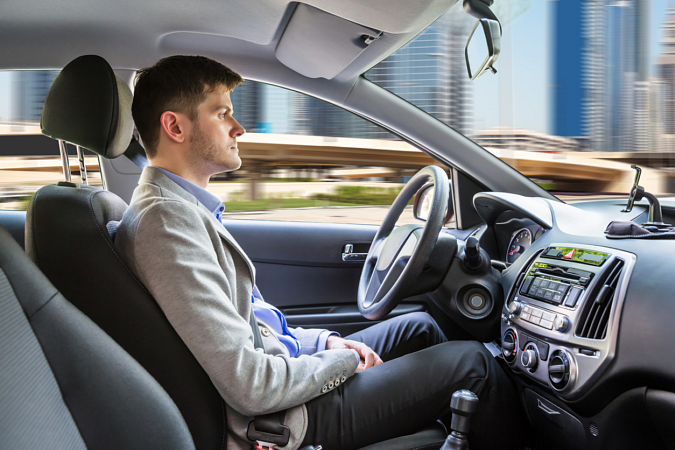
That kind of traditional car design is about to become outdated. No future car will have such an interior anymore, including a steering wheel and pedals. The kind of a “quantum leap” between the current vehicle and the future car designs will resemble the design progression seen between the Blackberry to iPhone:
These days, nobody wants to have tactile keys on their phones anymore. Younger generations don’t even know that it had ever been the norm to have them.
Similar to smartphones before the iPhone, cars had been getting better, but only gradually. They were being designed to be faster and safer than their predecessors. They had better milage, were more aerodynamic, and their safety had been improved, but there had been little substantial progress design for many decades.
With the dawn of an autonomous vehicle, the requirements for car design will likely change substantially. The two of the following aspects appear central:
1. Aerodynamics will become unimportant.
The car dynamics, the drag coefficient, which negatively impacts the milage, will become irrelevant. Since the source of electricity to power cars will come from renewable sources, milage becomes a low priority. In addition, the infamous “range anxiety” will likely be of little concern due to a substantially improved battery capacity and higher charging speed in the future. Thus, it will not matter much if a car is smaller and “sporty” or large and “bulky.” Even large electric vehicles (EVs) will remain CO2-neutral.
2. Sports cars will become obsolete.
The self-driving feature will become standard. Speeding will not be possible. Thus the car’s velocity will become less important. Consequently, the sports car will become extinct. Horse racing has become an exotic pastime and sports cars will almost certainly share the same fate.
What form factor would the future customers prefer in the light of these considerations? Let us look at the current car exterior designs:
Which of the above car designs suites a self-driving car best? Micro might be interesting in niches. The sedan is too small. Limousines do not offer a comfortable entry. Supercars and roadsters are going extinct. Large trucks will still exist in its niche. Campervans sound interesting, but it is also just a niche.
The key to a successful future car design will most likely be convenience, safety, and audiovisual connectivity. There will be no steering wheel and no pedals. It might still be possible to steer a car manually in case of an emergency, but it will be a low-speed option and it won’t require spinning a traditional, ugly steering wheel as it currently is the norm.
SUVs and vans sound more like good candidates for a future car design. Here is one example of a large, bulky, exceedingly comfortable SUV in which the drag coefficient does not play a role:
That is already quite an interesting approach for a comfortable and safe—potentially self-driving—car. Still, it remains very old-fashioned—the driver must sit right behind the windshield and manually steer the vehicle. I believe that the interior of a self-driving car will probably resemble more of a comfortable train than a contemporary car. Drivers will become passengers, and they will have other ideas than to keep staring at the road. The car interior could look like this:
In this example, it is more convenient to sit vis-a-vis in a car, and it doesn’t matter what is in the front of the car—the self-driving function will take care of all of it.
The sitting will surely be comfortable, especially in a group. But, in this example, the car roof seems way too low.
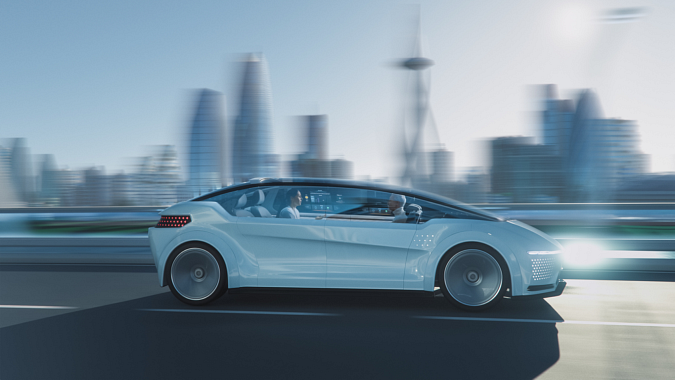
That is an inappropriate, outdated, 2020-ish approach to a car chassis. There will be little reason to keep the care exterior “slim” and wedge-shaped since the car aerodynamics will be of secondary concern.
In general, I am also convinced that the car body of an autonomous, electric car won’t be of much interest to anybody. We will be busy working or updating our social media status instead. Therefore, I believe that the most practical external form should look more like in the following example:
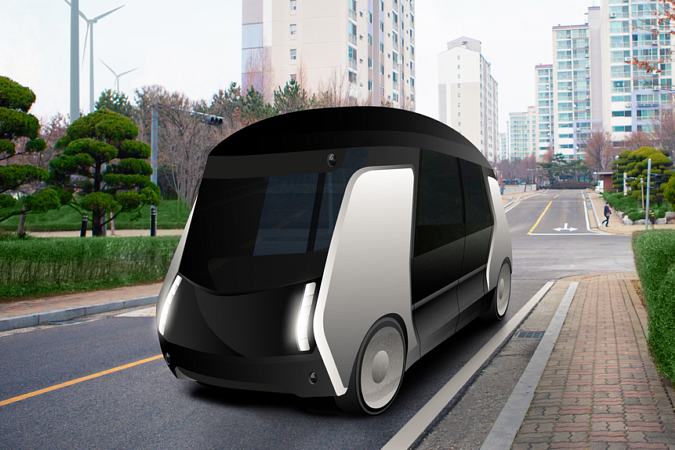
It has everything we will need in the car: autonomous function, convenient entry and exit, vis-à-vis sitting option, and a nice, 360-degree view of the outer world – if ever needed. We will simply not care about the car exterior anymore. My only complaint is the size of this model. I think it should be around 20% wider and longer.
The Brave New World of Self-Driving Cars
It is hard to grasp all possible implications of this kind of disruptive vehicle design change. Speed, driving skill, maneuverability, aerodynamics, the vehicle’s exterior, and the milage – they will all become of no or little concern to a car owner in the age of autonomous EVs.
Naturally, driving skills will become less and less critical, and, at some point, having a driver’s license will become as rare as having a pilot license. What will happen to the car brands whose selling point is the traditional, mechanical-engineering-driven mindset that dominated the car industry in the past century? That is a billion-dollar question that remains to be seen. Will we even want to buy a car anymore? Will car ownership be replaced by a mobility service?
My bet is that we will still prefer owning a car, despite us being riders and not drivers anymore. The reasons for it would be safety and hygiene considerations. You never know who was sitting in your vehicle 5 minutes ago – an essential aspect in the age of (future) pandemics. It is a piece of mind for which many of us yearn.
Thus, I believe that self-driving taxis and personally owned cars will coexist. While the car exterior won’t matter much, safety and convenience will motivate one to own a car. However, the design, especially the car exterior, will probably become less diverse. The car software and new microprocessors will motivate you to physically upgrade the car to a new model, just like upgrading to a new GPU in your laptop requires the purchase of an entirely new device.
As a side-effect, the “sea change” in the auto industry may sweep some brands away. Not every carmaker seems to be comfortable with the idea of effectively becoming a software vendor. In the early days of the combustion engine some 100 years ago, many brands disappeared. Look at this link here – the list seems endless!
My guess is that the “supercars” will likely lead the list of future car brand extinction. In general, it will probably become harder to sell a new car with a unique selling point in this industry. AI software and connectivity, such as integration with other personal devices in the car and at home, will dominate the industry. However, the software is a very volatile technology. It may even be possible to copy a car by simply hacking its software easily.
Whether this is the Brave New World of mobility that we have been hoping for remains to be seen. It may and may not be “brave,” but it is undoubtedly going to be very different, and the future cars will look very different from what we have been used to see on our streets.
Let’s start a conversation on LinkedIn or X.com (formerly Twitter).
I am a project manager (Project Manager Professional, PMP), a Project Coach, a management consultant, and a book author. I have worked in the software industry since 1992 and as a manager consultant since 1998. Please visit my United Mentors home page for more details. Contact me on LinkedIn for direct feedback on my articles.


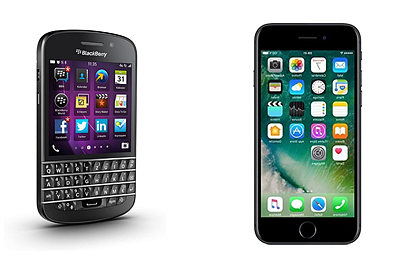
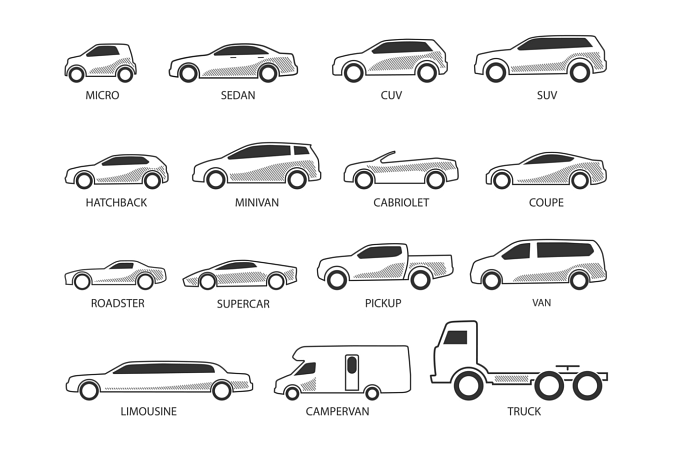

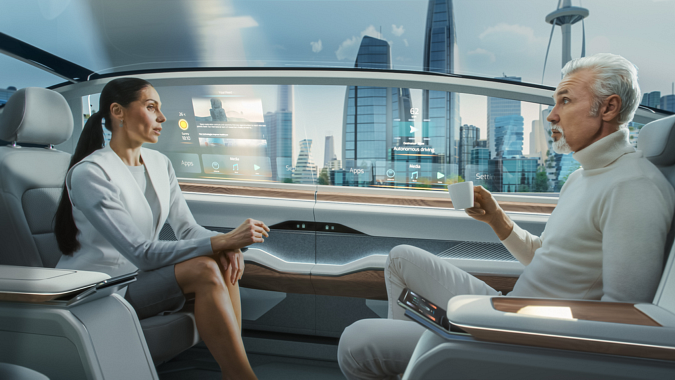
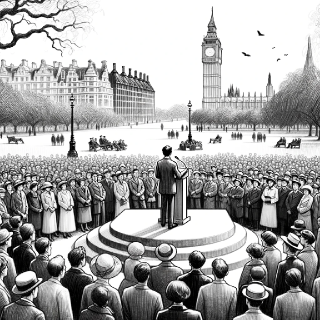

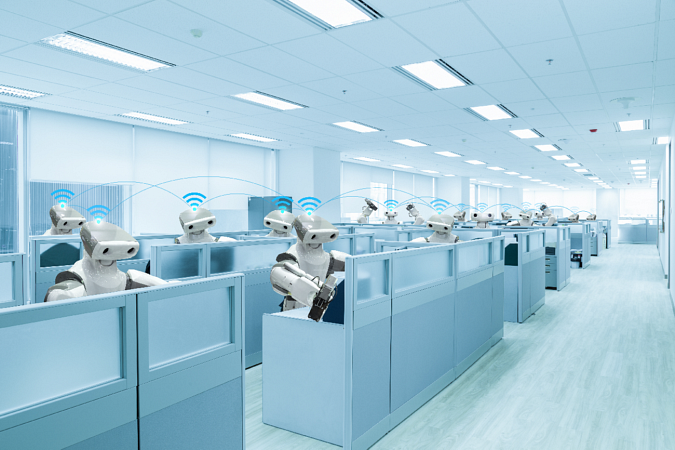
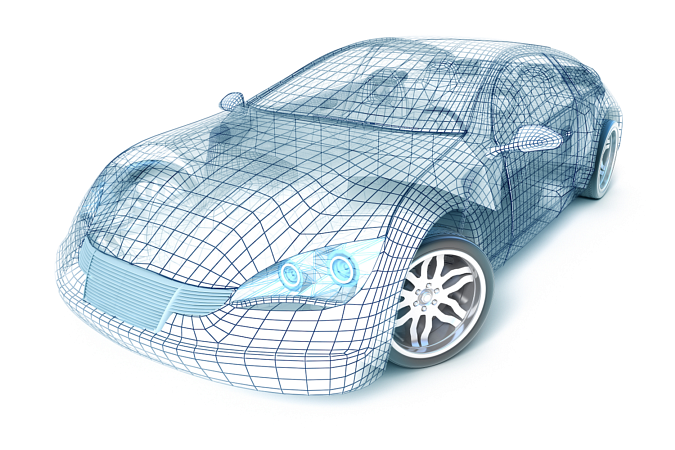

Be the first to comment